The Do’s and Don’ts of Retrofit Roofing
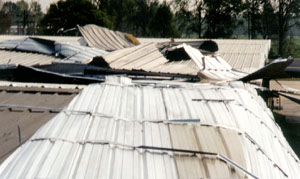
Many methods being used for retrofitting cannot be considered structurally correct sub-framing systems.
There are a number of ways that existing metal roofs have been and still are being retrofitted. Many of these methods cannot be considered structurally correct sub-framing systems. They lack the ability to withstand wind uplift and therefore are subject to failure. Roof Hugger sub- framing systems have been installed on over 85 million square feet of existing metal roofs and continue to be installed on approximately 6 million square feet annually. Our systems have withstood hurricane force wind loads from Katrina, Ike and others without a single failure. This is a testament to our systems that they are safe and structurally correct. This is the primary reason why Roof Hugger is the most specified metal-over-metal sub-framing systems by building owners nationwide including federal and state governments, the military and schools. Below are some of the other methods which we have listed their challenges.
Number One Don’t
Hat Section over existing metal roof ribs.
- Because of the width of the hat section, only one screw can be installed into the existing purlin. The other screw is attached to the existing 26- to 29-gauge metal, which does not provide sufficient pull-out strength.
- Sitting on top of the existing ribs requires a long attachment screw and when exposed to thermal movement, they will “rock” back and forth causing fastener back out and ultimate failure.
- Roof Huggers provide a positive connection directly to the existing purlins made available by our factory punched and nesting design.
Number Two Don’t
Wood purlin over existing metal roof ribs.
- For same reasons as Number One Don’t.
- Quantity of fasteners for the new metal roof must be increased due to the much-reduced pull-out strength into wood, increasing installation labor and material costs.
- Pressure treated wood is corrosive when placed in contact with existing and new metal roofs.
- If 18- or 22-gauge hat sections are used in lieu of wood, as shown in the above isometric view, these members increase new metal roof fasteners due to low pull-out strength.
- Roof Huggers are made from minimum 16-gauge grade 55 steel.
Number Three Don’t
Stand-off Clip over existing metal roof purlins.
- Unless the manufacturer of the stand-off clips has a manner to provide required additional sub-framing in the edges and corners of the existing roof, this method is challenged to withstand the increased wind loads in these zones by only attaching to the existing purlins.
- Roof Huggers come with additional sub-framing, project engineered to meet wind loads up to and over 155 MPH wind speeds.
Number Four Don’t
Sprayed-on Coatings.
- Most coatings are quick fixes that fail to permanently fix the existing roof.
- Preparation of the existing roof is vital to the coating’s performance.
- They do not comply with new stringent Building Code wind speeds.
- Roof Huggers provide you with a new metal roof with a 50-plus year service life.
- Read more about coatings.
Editor’s note: This article first published on Roof Hugger’s website and can be viewed here.
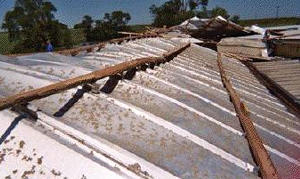
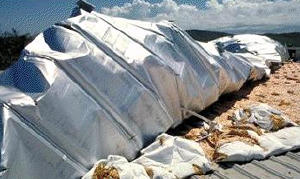
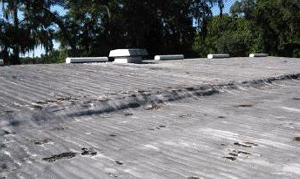
Recommended For You
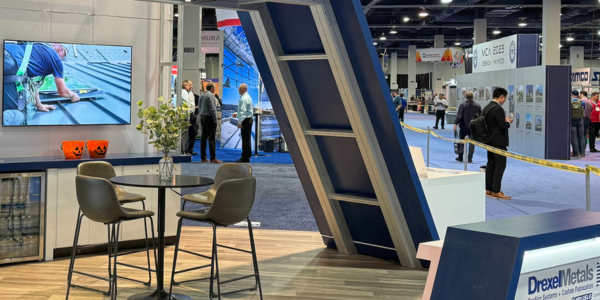
3 metal trends for 2025
Read More ...
Correctly Placing HVAC Units on Commercial Rooftops
Read More ...
Understanding standing seam profiles
Read More ...


















Comments
Leave a Reply
Have an account? Login to leave a comment!
Sign In